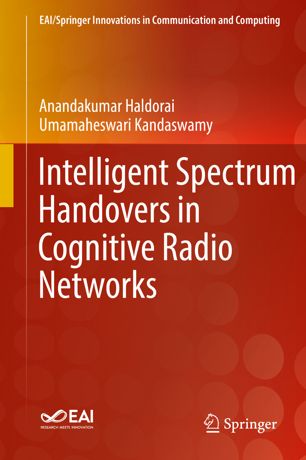

Most ebook files are in PDF format, so you can easily read them using various software such as Foxit Reader or directly on the Google Chrome browser.
Some ebook files are released by publishers in other formats such as .awz, .mobi, .epub, .fb2, etc. You may need to install specific software to read these formats on mobile/PC, such as Calibre.
Please read the tutorial at this link: https://ebookbell.com/faq
We offer FREE conversion to the popular formats you request; however, this may take some time. Therefore, right after payment, please email us, and we will try to provide the service as quickly as possible.
For some exceptional file formats or broken links (if any), please refrain from opening any disputes. Instead, email us first, and we will try to assist within a maximum of 6 hours.
EbookBell Team

0.0
0 reviewsThis book highlights the need for an efficient Handover Decision (HD) mechanism to perform switches from one network to another and to provide unified and continuous mobile services that include seamless connectivity and ubiquitous service access. The author shows how the HD involves efficiently combining handover initiation and network selection process. The author describes how the network selection decision is a challenging task that is a central component to making HD for any mobile user in a heterogeneous environment that involves a number of static and dynamic parameters. The author also discusses prevailing technical challenges like Dynamic Spectrum Allocation (DSA) methods, spectrum sensing, cooperative communications, cognitive network architecture protocol design, cognitive network security challenges and dynamic adaptation algorithms for cognitive system and the evolving behavior of systems in general. The book allows the reader to optimize the sensing time for maximizing the spectrum utilization, improve the lifetime of the cognitive radio network (CRN) using active scan spectrum sensing techniques, analyze energy efficiency of CRN, find a secondary user spectrum allocation, perform dynamic handovers, and use efficient data communication in the cognitive networks.